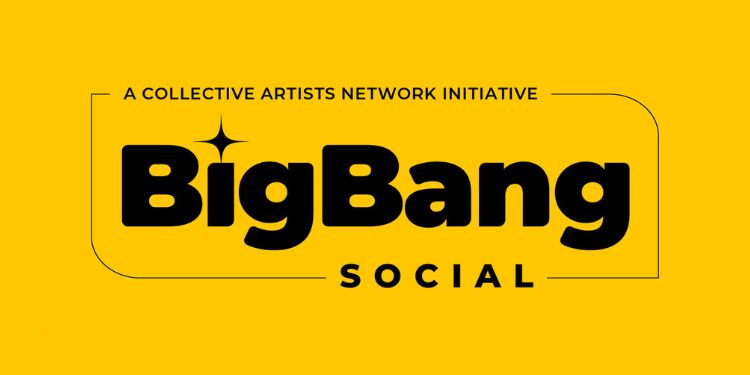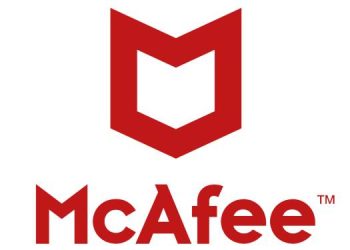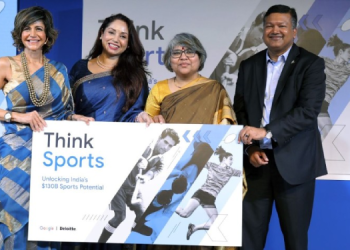Mumbai: Instagram and YouTube are the most preferred platforms for consuming content. 75% of brands expect to consider influencer marketing as part of their marketing strategy. 47% of brands preferred to drive influencer campaigns with micro and nano influencers due to the lower cost per reach.
Highlighting the influencer marketing trends in India, the latest report by EY and Collective Artists Network’s Big Bang Social indicates that the industry is poised for a significant growth. The report titled ‘The State Of Influencer Marketing in India’, states that influencer marketing in India is expected to surge by 25% in 2024, reaching Rs. 2,344 crore, and further expand to Rs. 3,375 crore by 2026. These projections underscore the continued growth and immense potential of the influencer marketing industry, presenting ample opportunities for brands, marketers, and influencers alike.
The report highlights an insight: with 50% of mobile usage dedicated to social media platforms, integrating influencer marketing into communication strategies is essential for marketers. In addition, it is expected that there will be 740 million active smartphones in India by 2030. Consequently, 3 out of 4 brand strategies are expected to include influencer marketing. Brands prioritize engagement rate and the quality of the target audience when selecting influencers, recognising the importance of authentic connections in reaching their desired audience.
Amiya Swarup, Partner, Marketing Advisory, EY India said, “In today’s rapidly changing Indian society, citizens face transformations in various aspects – be it societal norms, career paths, financial strategies, or cultural shifts. Influencers are stepping in to provide guidance, reassurance, and advice, effectively assuming the role of contemporary heroes. Coupled with the projected growth in influencer marketing, it’s clear that influencers now define an unprecedented era of knowledge and impact, while also unlocking vast opportunities for brands and marketers.”
The report further reveals that the growth of influencer marketing is anticipated to be driven by lifestyle, fashion, and beauty categories. Further insights from the survey indicate that sectors such as automobiles, e-commerce and FMCG are expected to increase spending on influencer marketing the most.
Vijay Subramaniam, Group CEO and Founder, Collective Artists Network shared, “It is heartening to see that brands are recognizing the potential of the creator economy and are increasingly investing in influencer marketing, with sectors like FMCG, automobiles and consumer durables leading the way. This report should serve as an invaluable resource for brands seeking to harness the power of influencer marketing to connect with their audience, drive engagement, and achieve sustainable growth in the dynamic and competitive landscape of the Indian market.”
It was found that marketers must strike a strategic balance between mega/ macro influencers to drive awareness and brand loyalty, while also tapping into the power of micro/ nano influencers to drive engagement. Interestingly, nano influencers had the highest engagement rate compared to other influencer categories. It is important to note that 47% of brands preferred driving influencer campaigns with micro and nano influencers due to the lower cost per reach.
Challenges were reported from both the brand side and the influencer side. The biggest challenge for marketers was determining the ROI of their influencer marketing campaigns, while building a loyal audience and maintaining credibility were the top two challenges for influencers.

















